Interview with Ashley of the Knotty Owl
I suppose a few adjectives that are commonly used to describe me are eccentric, creative, clever, driven, and just all around different, as my parents would say. I’m 23 years old, and have a Bachelor’s degree in Industrial Design (with a concentration in furniture design/woodworking) that I’m still figuring out what to do with. I moved back to Upstate New York after spending 4 years living in Brooklyn, New York, while obtaining said degree, and now live with my wonderful parents (yes, I’m one of those recent college grads who have a crushing amount of student loan debt, and had to move back home. Luckily, my parents are incredible roommates!) I followed the usual path of the kid-who-ended-up-in-art-
school, growing through phases of pink hair, blue hair, mohawks, piercings, tattoos, etc., as you might expect. Who expected that my first full-time job after college would be for one of the largest (and most conservative) furniture corporations in America?
As it turns out, working a regular full-time job just wasn’t enough to keep me feeling like I was fulfilling my expectations of what my life would be like after graduating from college. I had ideas that I could no longer bring to fruition without the tools that I had access to in college, as a technician in my institution’s wood-shop. So I convinced my father to give me the helpful boost of affording some tools. We began to transform our basement while we collected a band saw, drill press, multiple stationary sanders, a lathe, and various other tools. I spent every moment of my free time building my wood-shop in our basement, and transforming the other half of our basement into a studio and office. Within three weeks, The Knotty Owl was born.
I usually wake up between 4:30 and 5:00am, to head off to work as a furniture repair technician in a big warehouse building. I spend most days from 6:00am-3:00pm in a warehouse workshop rebuilding severely damaged commercial furniture. As a furniture designer, there is something fundamentally disturbing about using auto-body filler to recreate parts of crushed furniture (which I then hand paint to look like real wood), but I’ve been awarded with the real-life experience of seeing first hand how a major corporation works, and I’ve been let in on the realities of how the furniture mass-production business really works.
There’s an overwhelming contrast between my work-life and my after-work life. As soon as I get home from work I head straight to my studio, where I dedicate my afternoons, evenings, and usually late-into-the-nights to my 100% hand-made creations for The Knotty Owl. Spending all day looking at the same exact pieces of mass-production makes it even more of a relief to use my hands to create something that I can truly connect with. When someone purchases one of my pieces, they know that every single stage of that piece of jewelry’s creation was completed start to finish by one person’s hands. If I’ve exhausted my creative energies (and my hands!) by the end of the day, then it was a successful one.
I have most definitely always been artistically inclined. Growing up, my house was a day-care center, so I was constantly surrounded by other kids. My mother, who “ran the show” so to speak, is hugely creative and talented, and was a huge influence on me growing up. We would marvel at the stories she would tell (she would create them as she told them!) as we made our own hammocks out of rolled up newspapers and rope. On certain days in the summer, I would gather all of my white clothing (and the other kids would be delivered with all of theirs), and we would tie-dye all of it, leaving it to hang on the clothesline in a magnificent rainbow blur.
I learned how to sew with needle and thread at a very young age, and started sewing on my mom’s old 1960’s Singer as soon as my little feet could reach the pedal. By the time I was a teenager, I was making most of my clothing and jewelry. In my junior year of high school, I started trying to sell the jewelry that I would make out of polymer clay, paper, and even old plastic army-men. I organized large arts and crafts sales in my backyard, where young local artists could set up a table and sell their wares. I even had live music! I advertised all over the city and my high school, and to my surprise, people came. Hundreds of people. And the feeling I got when I made my first sale that first day of my first “festival” in my backyard was a feeling I was never able to let go of. I was over the moon, and knew I had to keep making no matter what.
My experimentation with wood sort of happened by accident. I was in the beginning of my sophomore year of college, and would occasionally bring dinner to my boyfriend at the time during his evening-shift as a wood-shop technician in the Fine Arts Woodshop of our college. I had an inarguable fear of large power tools, and for the most part avoided even going into the Industrial Design Woodshop that I had to spend several days a week in in order to complete my I.D. projects. I never liked the technician-guys in the I.D. shop, always asking you if you know how to use the tools properly, and watching you from across the room to make sure you used the band-saw right. But the Fine Arts Woodshop was different. On one of my visits, I found out that the head-technician of the Fine Arts shop was looking for another technician, and my boyfriend thought that I’d get along with his boss really well, so the next morning he took me to apply. That morning I met his boss, Rainy, who hired me that day and became my mentor and the most powerful influence on me for the next three years of my education.
Rainy ran her shop a lot differently than the shop that I was so used to; it was the most incredibly creative, fun, safe, and friendly place on campus, and I loved it. My first day of work, I had to use a pneumatic brad-nailer. I was horrified. But I survived. Just months later, I was confidently ripping an entire sheet of plywood on our 5HP table saw. I worked as a technician in Rainy’s shop until I graduated from college. Having 24 hour access to our woodshop led to a lot of interesting all-night projects. One night, we decided to use a bunch of wood-scraps we found in the scrap-bin to make a series of small boxes, which had awesome little lids made of small pieces of funky woods that we arranged into patterns. When we trimmed all of the lids to fit the boxes, I ended up with all of these tiny little pieces of really cool wood-configurations, which I carefully carved and shaped and made into earrings and pendants. So to answer your question, that night about 4 years ago, I started making wooden jewelry. And I haven’t stopped yet!
Ashley working on some designs with her dear pet lizard, Simon.
Tell us a bit about your process. Start to finish. Do you sketch out ideas?
I start by busting out the sketchbook and pencils. I spend hours drawing quick form-sketches, which I slowly refine. When I feel like I’ve gone as far as I can in 2 dimensions, I draw my pieces in Adobe Illustrator, so I can print out several copies. Then I cut out my patterns, and hunt through my shelves of wood for the perfect piece. A lot of my designs are three-dimensional, so after tracing and cutting out the base shape of the wood, I allow the piece to slowly take on it’s final form as I carve it with sanders and files. For my pieces that are more simple (my chevron pieces, for example), I trace the pattern-shape, then cut it out using the bandsaw. I then sand the edges down to their final size using my disc sander. Using a dremel tool, I drill all of the tiny holes for the jump rings and chain, and then I sand, sand, sand. I round the corners with a jewelry file, then sand from 180grit to 600 grit (super smooth!). If the piece is colored, I then delicately paint the colors and patterns onto the wood, gently sand through the color to re-expose the wood’s texture, and then toss the pieces into a big-bowl of skin-safe oil, where they stay for about a day. The oil makes the contrast in the wood’s grain pop, and protects the wood. After being removed from the oil-bath, the pieces dry for a day, then are assembled to become a final piece of jewelry. The last step I take before sending out a piece of jewelry is to wax it with a handmade beeswax-oil blend that acts as a final layer of protection, and gives the piece a gentle sheen. Then if the piece sells, I lovingly package it and send it off to it’s new home!
I usually take inspiration from the things I’m currently interested in and researching, which seems only natural. Lately, I’ve been interested in native american culture and patterns, which is reflected in my current work. The last couple weeks I’ve had a desire to make jewelry using the same processes I used to create the furniture I made in college (can be seen at my website, www.ashleyjeanlandon.com), so I bought my own steamer last week to start making more extravagant steam bent jewelry. I like using the inherent qualities of certain species of wood to determine what the form of a piece will be. We’ll see what I come up with in the coming weeks!
A lot of my wood is reclaimed, salvaged, and found. I’m a huge advocate for digging through other people’s “trash” for treasures. So in college, I made a habit of rummaging through the scrap bin at work, taking all of the scraps and cut-offs of occasionally fantastic pieces of wood, that were just too small for other people to find purpose for. I’ve also been known to scoop up pieces of old solid-wood furniture off the side of the road, take them apart, and repurpose the wood for other interesting things :). People tear down old barns/buildings/watertowers (especially when I lived in Brooklyn), and just throw the wood away! This is perfectly useful material with beautiful character, that’s just sitting there waiting to have a second life. Oh, and my painted branch-slice earrings? Those are all cut from the fallen branches of the huge silver-maple tree in my front yard.
My work space is also known as my parents’ basement. The first room you enter has three large desk-areas, designated for filing/sanding, painting/dying, and assembling/packaging (respectively from left to right). This is my “semi-clean room”, where my jewelry goes from it’s sanding phase to it’s finished stage. My woodshop, the next room over, is a whole other story. That’s where I let myself make a mess and get dusty, and there’s usually big pieces of wood and segments of branches everywhere. The spiders with whom I share my workspace with don’t seem to mind!
If you had to pick one of the items in your etsy store right now to be your favourite which would it be?
Hands down, my mountain-branch earrings (above) are my absolute favorite piece of my own. I’m not really sure why exactly, there’s just something so simple about them that I can relate to.
Have you ever sold your awesome goodies at markets?
I sell my jewelry at several art festivals in upstate New York, the next upcoming one being the Clothesline Festival at Rochester’s Memorial Art Gallery in September. While living in New York City I sold my pieces at the Union Square market in Manhattan on the weekends, and a few other places around the city. This summer has been my first year selling at events as The Knotty Owl, and it has been incredibly exciting!
There’s something incredibly different about selling online vs. in-person, and I like different things about each avenue. Online, you’re able to present your work in an incredibly calculated way, and you can sort of control how you find it, and exactly how it’s presented. People will find your work based on searches, or simply stumble across it, and they either like it or they don’t. You don’t get that chance to connect with the person and get their feedback, it’s just very instantaneous and momentary. I like the control involved with selling online, but when you’re sitting in your booth at a festival, filled with all of your creations, people entering your booth enter your world, and that’s your chance to connect with them. A lot of people with look into your booth and keep walking, but the people who stop and walk in came in for a reason, and it’s important to find out why. I love having that quick opportunity to interact with the person that was drawn in, to see what they like about my work. The most constructive feedback I’ve ever gotten has been from my customers that I’ve met in person.
Just dive in! It’s one of the most rewarding materials to work with, because you can be as precise, or not, as you’d like to be. Getting started can be a big investment if you want to get serious fast, so I recommend stopping in to your local woodworking or hobby store, and get a coping saw and some scroll-saw blades. A cheap set of small files and some sandpaper are about all you need in addition to that. If you happen to have a Dremel tool, you’re in luck! (Dremel’s are an incredible investment no matter what sort of crafting you do… I promise if you’re a creator, you will find a purpose for a Dremel!) Get a chunk of wood from the local lumber yard (many lumber stores have small-stock (small cut-offs or pre-milled thin stock) that’s easy to get started with and hone your skills on). Using a coping (jeweler’s) saw with scroll-saw blades is basically a miniature/manual version of a scroll-saw, and easily cuts through most non-exotic woods. Just do your research first, as not all wood is created equally! Many woods, particularly exotics, have natural oils that make them very dense, but can also cause serve allergic reactions, such as respiratory and dermatitis reactions. Start with a wood like maple or cherry, they are generally quite harmless, but wear a cheap dust-mask to avoid breathing in too much saw-dust, and always wear safety glasses if you’re using any kind of power tool (even a Dremel!).
If you do decide to go all out and get tools like a bandsaw, belt-sander, or a lathe, my primary advice is to just always ALWAYS know where your hands are at all times! I know it sounds silly, but I have been injured in the past by all of these common tools due to my own lack of judgement! These tools are very safe if you maintain them and use them properly, and I have certainly learned my lesson.
I am obsessed with CraftGawker.com, and all of the other Gawker sites (particularly DwellingGawker). As a design major, I avidly follow NotCot.org by default, and am a huge advocate of Handmadeology.com, for my fellow artisans and craftspeople.
Last of all if you could be any type of underwater creature what would you be and why? 🙂
This is a tough one, but realistically I’d want to be a manatee. There’s just something so serene and harmless about them. I know they beathe air, but hopefully they still count as an underwater animal. They’re a little awkward and weird, but somehow still kind of graceful. I like to think I can somehow relate to that I guess?
Thanks Ashley for taking the time to answer all of these questions for us! I just LOVE your pieces and I am sure the Crafted readers will too!
Want to see more??
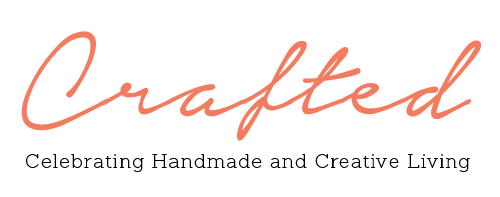
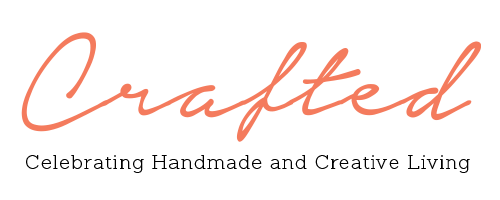
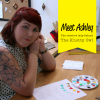

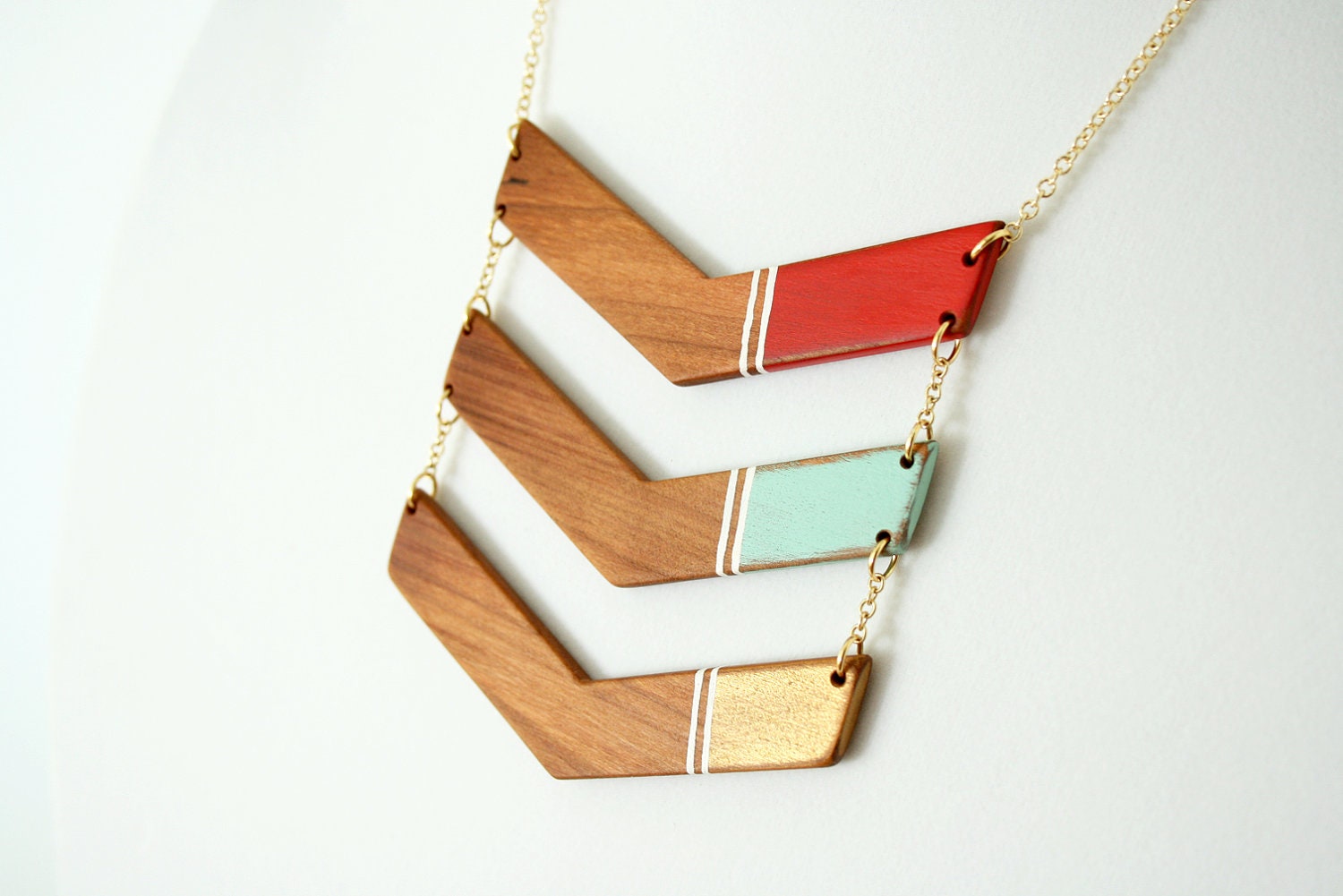

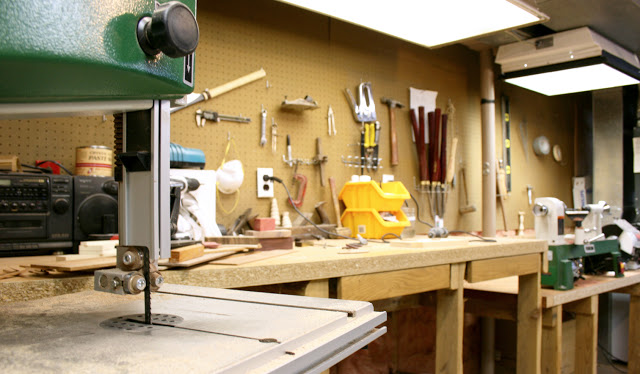

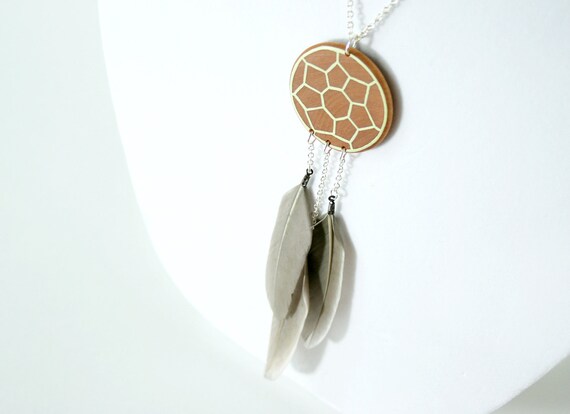
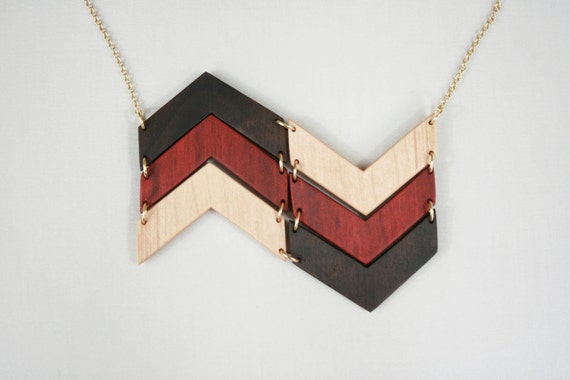

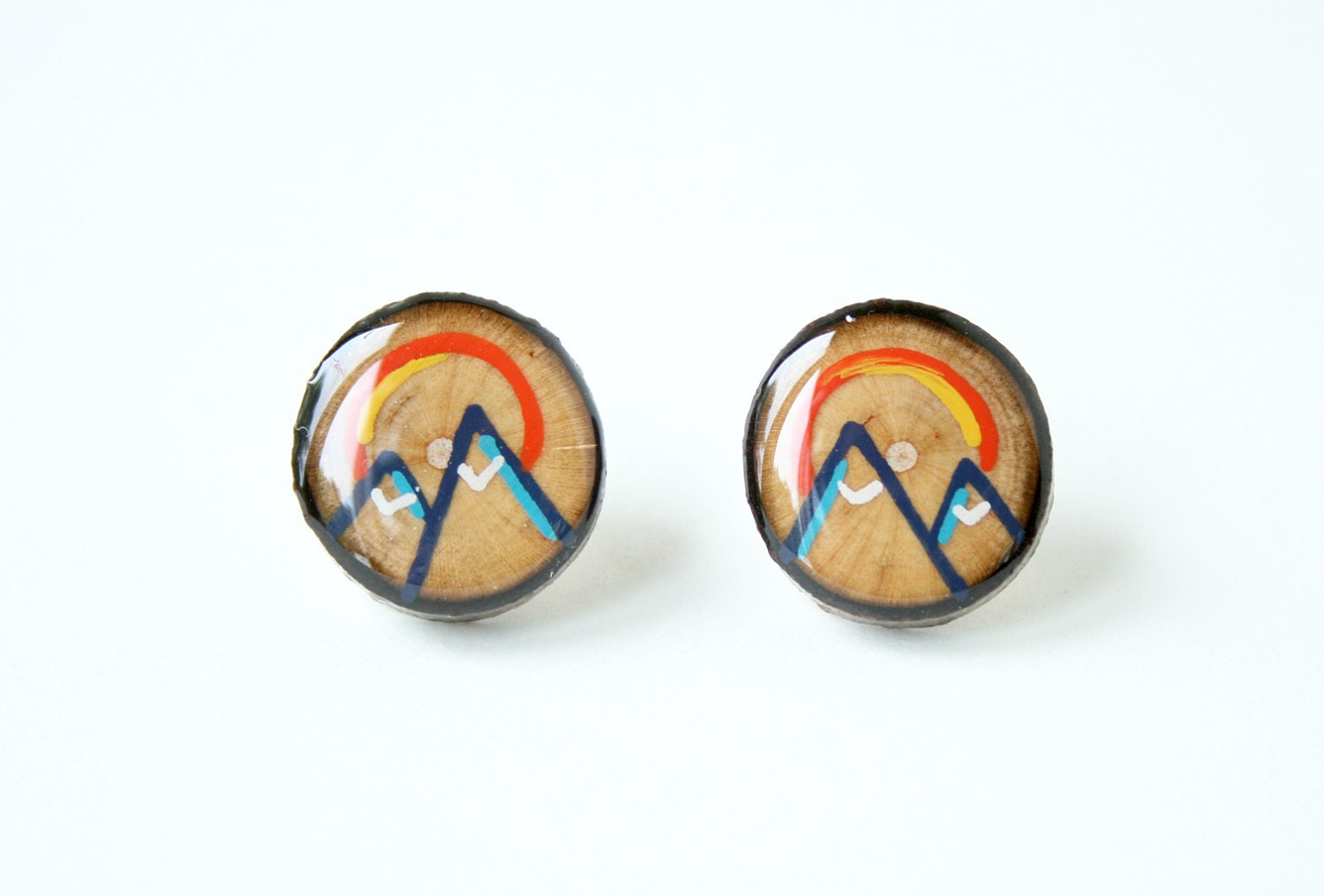
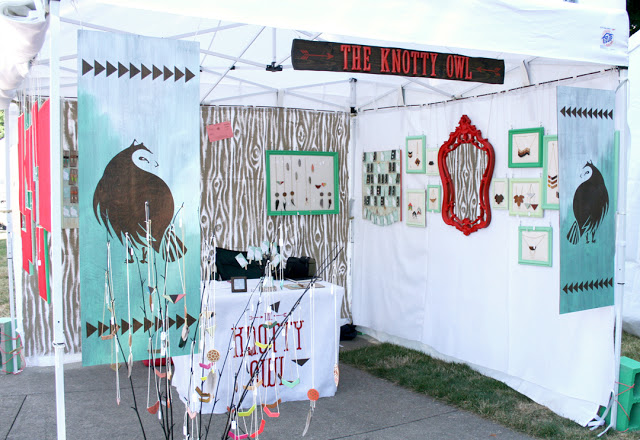
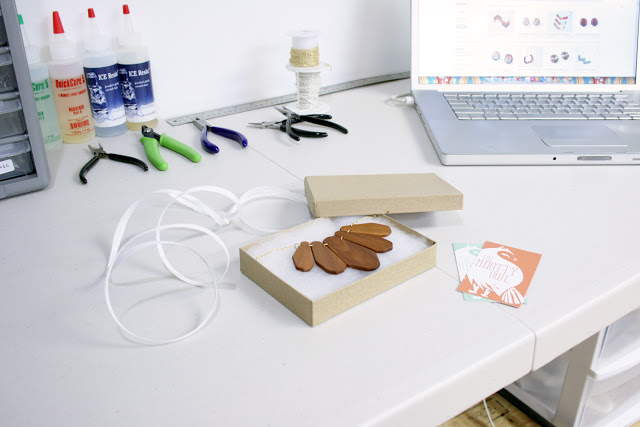
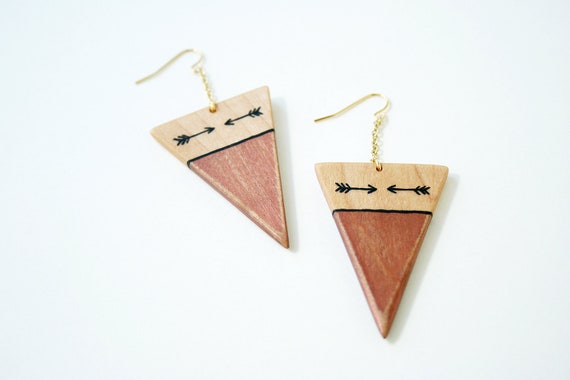
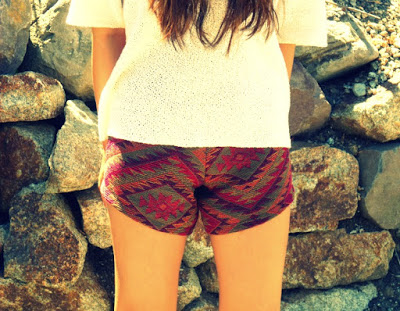

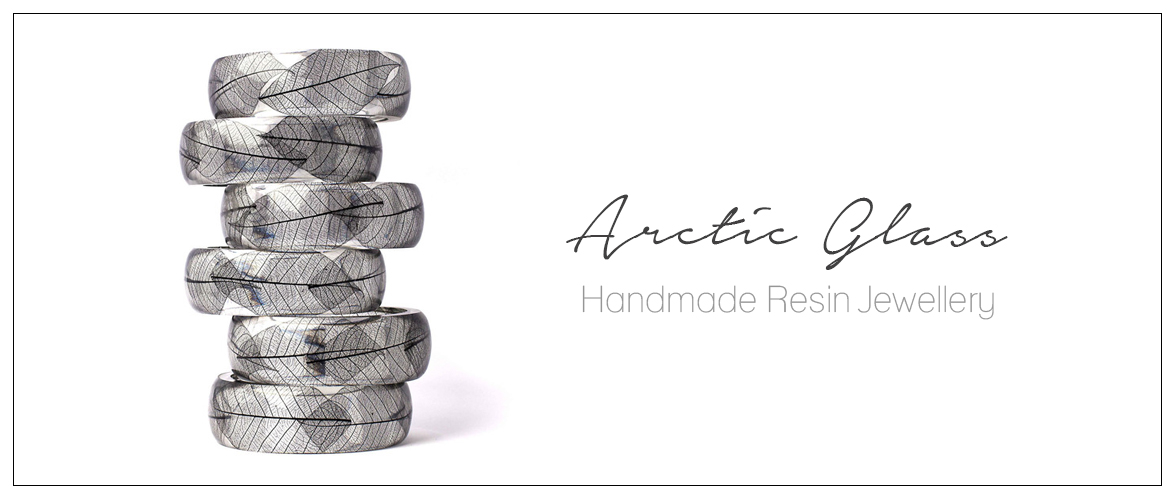
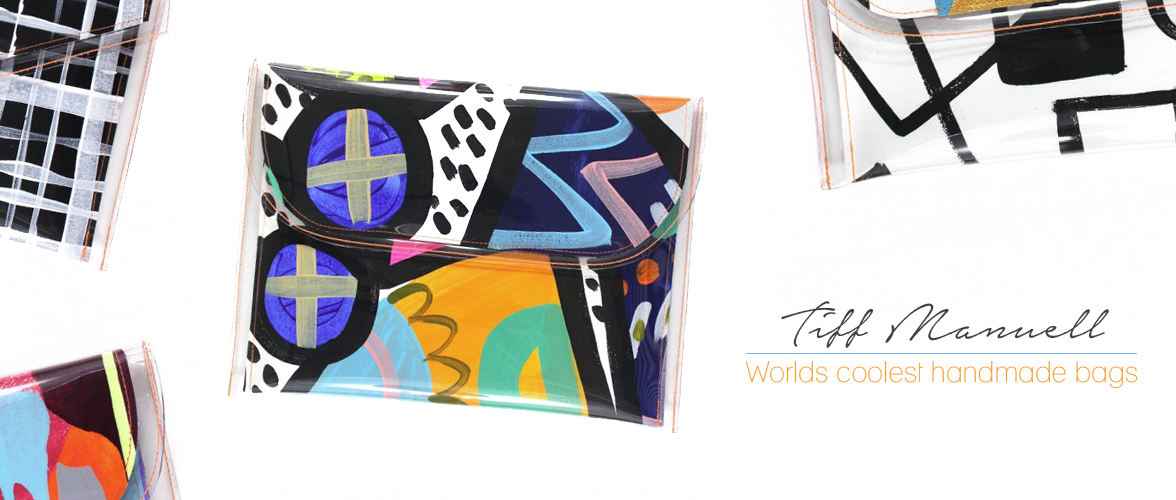
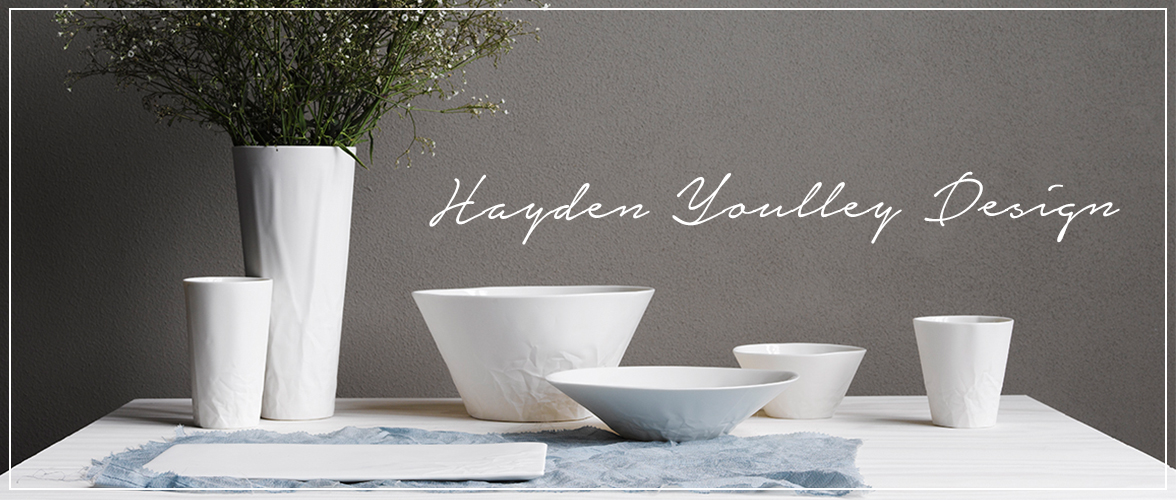
-0 Comment-